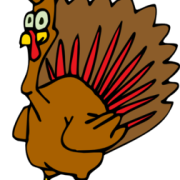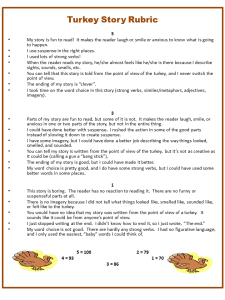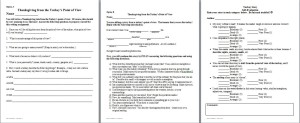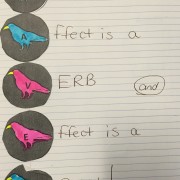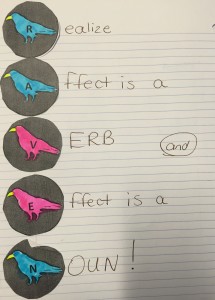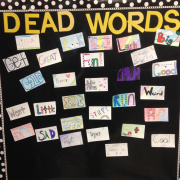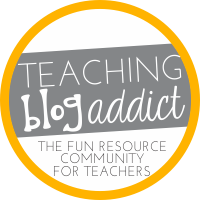Thanksgiving From the Turkey’s Point of View Writing Assignment
Have you ever had your students complete a Thanksgiving from the turkey’s point of view writing assignment? If not, you’re missing out on a great opportunity to teach point of view and voice. We have our students complete this writing activity in early November to allow us time to share them and discuss the power of point of view and voice. Of course, this assignment would work well for late November too. You can add in lessons on voice, point of view, and suspense.
Check out our free resource to guide you in this lesson.
We provide two choices for our Thanksgiving from the turkey’s point of view writing assignment. Option one guides students in thinking through things in the way that a turkey would. For example, a turkey wouldn’t call a gun a “gun”. It may call it a “bang stick”. Before writing, students will brainstorm the way a turkey may see or describe ordinary objects. It is always fun to let students to share their stories after they are finished to hear just how creative they were in describing things from the turkey’s point of view.
Option two provides prompts for students to write in a way that builds suspense. After writing this story, they can use this same suspense building technique in other stories that they write. There is also a self evaluation and a rubric included. We hope you enjoy this fun lesson!
Happy Turkey Day!

